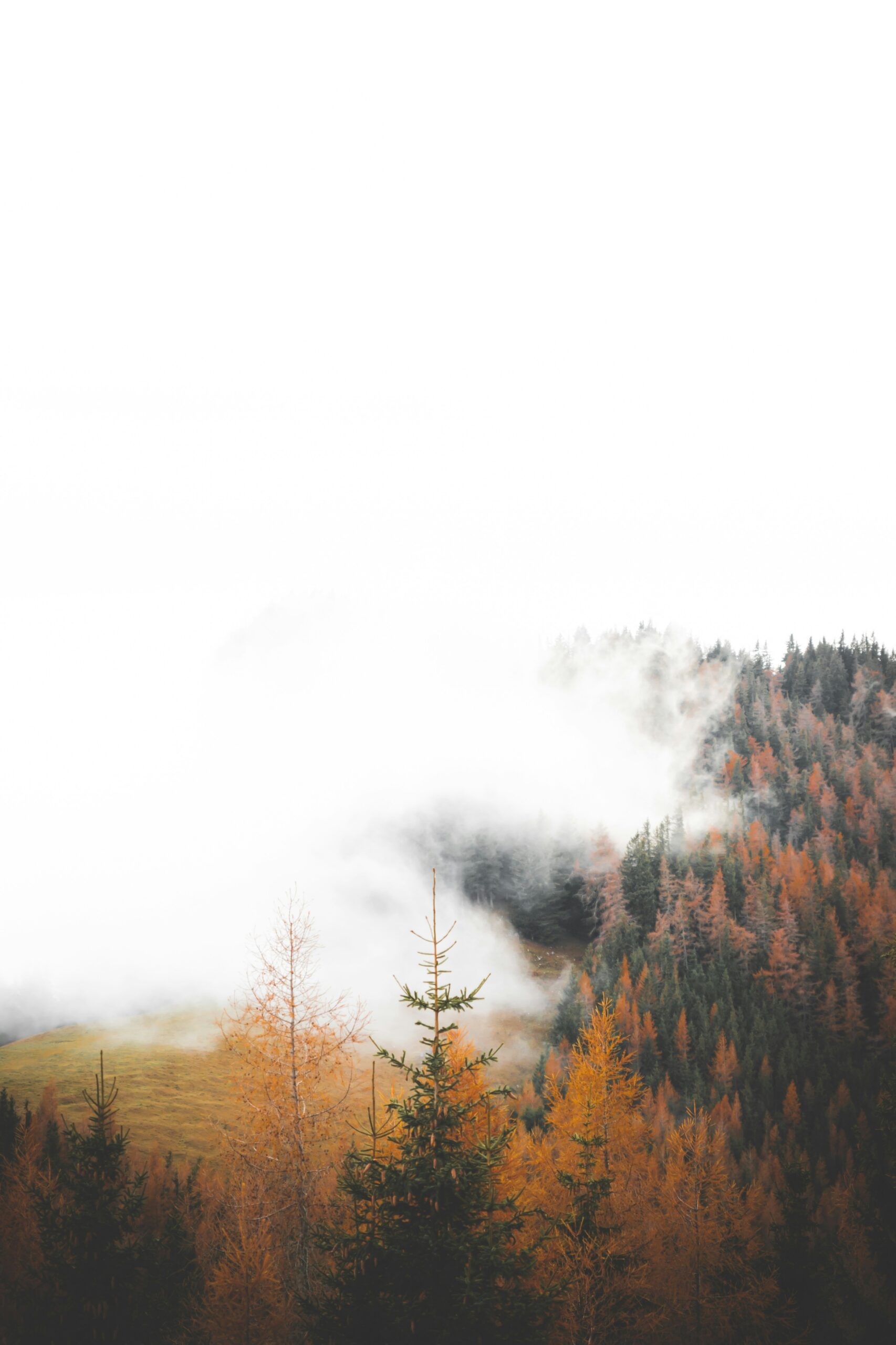If you’re an outdoor enthusiast or a keen hunter, you’ve probably pondered whether your camouflage gear needs to be waterproof. After all, when you’re out in the wilderness, the elements can be unpredictable. In this article, we’ll explore the importance of waterproofing for camouflage outdoor gear and why it can be a game-changer in your outdoor pursuits. Whether you’re navigating through dense forests or braving the elements in open fields, it’s time to find out if your camouflage gear can truly withstand nature’s whims.

Understanding Camouflage Outdoor Gear
Defining camouflage outdoor gear
Camouflage outdoor gear refers to equipment, clothing, and accessories that are designed with camouflage patterns to blend in with natural surroundings. This gear is primarily used by hunters, military personnel, and outdoor enthusiasts to remain undetected by their targets or to blend in with the environment for safety purposes.
Common types of camouflage gear
There are various types of camouflage outdoor gear available in the market. Some popular examples include camouflage jackets, pants, hats, gloves, backpacks, tents, and even camouflage paint for face and body. These gear options are designed to provide effective camouflage in different terrains such as forests, deserts, marshes, and snowy landscapes.
Usage and functionality of camouflage gear
The main purpose of camouflage gear is to help individuals blend in with their surroundings, making it difficult for others to spot them. This is particularly important for activities like hunting, where staying concealed is crucial to the success of the endeavor. Camouflage gear also offers protection from the elements, such as providing warmth during cold weather or protection from the sun’s rays in hot climates.
Waterproofing and Its Importance
Definition of waterproofing
Waterproofing is the process of making a material or product resistant to the penetration of water. In the context of outdoor gear, waterproofing is essential to ensure that the wearer or the contents of the gear remain dry even in wet conditions. Waterproofing technology aims to create a barrier that prevents water from seeping through the fabric while still allowing moisture to escape, ensuring comfort and functionality.
How waterproofing technology works
Waterproofing technology relies on the use of specialized materials and treatments to create a barrier against water. These materials, such as Gore-Tex or eVent, are designed to be highly waterproof while still being breathable. The fabrics are often coated with a durable water repellent (DWR) finish that causes water to bead up and roll off the surface, further enhancing the waterproof properties.
Benefits of waterproof materials in outdoor gear
The use of waterproof materials in outdoor gear offers several benefits. By keeping the wearer dry, waterproof gear helps to maintain body temperature and prevent the chilling effect of moisture. It also adds an extra layer of protection for valuable equipment and supplies stored inside waterproof backpacks or tents. Additionally, waterproof gear allows individuals to comfortably engage in activities even in wet or rainy conditions without worrying about dampness or discomfort.
The Debate: Waterproof or Not
The argument for waterproof camouflage gear
Advocates for waterproof camouflage gear argue that the ability to stay dry is crucial, especially in unpredictable weather conditions. In situations where extended exposure to rain or water is expected, waterproof gear provides added comfort and protection. It allows individuals to focus on their activities without worrying about the negative effects of moisture, such as hypothermia or discomfort.
The argument against waterproof camouflage gear
On the other hand, some argue against the necessity of waterproof camouflage gear. They believe that traditional camouflage gear, which is non-waterproof, already provides adequate concealment in most scenarios. Adding waterproofing capabilities to these gear options might increase their weight, restrict breathability, or compromise the effectiveness of the camouflage pattern.
Comparing costs and benefits of both sides
When considering the debate between waterproof and non-waterproof camouflage gear, it is important to weigh the costs and benefits of each option. Waterproof gear generally comes at a higher cost due to the specialized materials and construction required. However, the investment may be worth it for those who frequently engage in outdoor activities in wet environments or face unpredictable weather conditions. On the other hand, non-waterproof gear may be more affordable and suitable for individuals who primarily operate in dry climates or shorter durations.
Factors Affecting the Need for Waterproofing
The geographical location and its climate
The geographic location and climate play a significant role in determining the need for waterproofing in camouflage gear. If you live in an area with high precipitation or frequent rain, waterproof gear becomes essential to keep you dry and comfortable. Conversely, in arid regions with minimal rainfall, the need for waterproofing may be less crucial.
Season and weather conditions
The season and prevailing weather conditions at the time of outdoor activities also impact the need for waterproof gear. During the rainy season or in areas prone to sudden showers, waterproof gear can save you from getting soaked and prevent potential health risks. However, in dry seasons or stable weather conditions, non-waterproof gear might suffice.
The type of outdoor activities undertaken
Different outdoor activities may require varying levels of waterproofing. For activities like camping, fishing, or hiking where extended exposure to moisture is anticipated, waterproof gear provides essential protection. However, for short trips or activities that involve minimal contact with water, non-waterproof gear may be sufficient without compromising functionality.

Impact of Waterproofing on Camouflage
Will waterproofing affect the pattern and effectiveness of camouflage?
There is a common concern that adding waterproofing to camouflage gear might alter the pattern or compromise its effectiveness. While waterproof coatings may slightly alter the appearance of the camouflage pattern, technology has advanced to ensure minimal impact on the overall effectiveness. Many manufacturers now incorporate waterproofing while maintaining the integrity of the camouflage design, allowing individuals to remain effectively concealed while staying dry.
Studies and observations on the visibility of waterproof gear
Numerous studies and observations have been conducted to evaluate the visibility of waterproof gear in different environments. These studies have shown that properly designed and implemented waterproof camouflage gear can effectively blend with the surroundings, providing camouflage benefits comparable to non-waterproof gear. However, it is crucial to consider factors such as coloration, patterns, and the specific environment in which the gear will be used when assessing its visibility.
Users’ experiences and feedback
User experiences and feedback also play a crucial role in understanding the impact of waterproofing on camouflage gear. Many users have reported positive experiences with waterproof camouflage gear, emphasizing the importance of staying dry even in camouflage-intensive activities. Their feedback indicates that the benefits of waterproofing outweigh any minimal compromises in the effectiveness of camouflage.
Non-Waterproof Camouflage Gear: Pros and Cons
Advantages of non-waterproof camouflage gear
Non-waterproof camouflage gear has its own advantages. One key benefit is increased breathability, allowing air to pass through the fabric and preventing excess heat buildup. Non-waterproof gear is often lighter and more compact, making it suitable for activities that require minimal weight or packability. It is also typically more affordable, making it accessible to a broader range of individuals.
Disadvantages of non-waterproof camouflage gear
There are a few downsides to non-waterproof camouflage gear. The primary concern is its vulnerability to water, which can result in discomfort, compromised body temperature regulation, and damage to equipment stored within. Non-waterproof gear may also require extra precautions and additional accessories, such as rain covers or waterproof bags, to address potential exposure to moisture.
Popular non-waterproof camouflage gear brands and their reviews
Several notable brands offer non-waterproof camouflage gear that has gained positive reviews from users. These include brands like Under Armour, Realtree, Mossy Oak, and Sitka Gear. While these brands focus primarily on non-waterproof options, they are known for their high-quality materials, attention to detail, and effective camouflage patterns.

Waterproof Camouflage Gear: Pros and Cons
Benefits of waterproof camouflage gear
Waterproof camouflage gear offers a range of advantages. The primary benefit is the ability to stay dry in wet conditions, ensuring comfort and reducing the risk of health issues associated with prolonged exposure to moisture and rain. Waterproof gear provides peace of mind as it protects not only the wearer but also valuable equipment and supplies from water damage. It also enables individuals to remain active and engage in outdoor activities without being hindered by adverse weather conditions.
Drawbacks of waterproof camouflage gear
The main drawback of waterproof camouflage gear is the potential compromise in breathability compared to non-waterproof options. Waterproofing technology may restrict airflow, leading to increased perspiration and discomfort during intense physical activities. Additionally, waterproof gear tends to be slightly heavier due to the additional materials used, which could be a concern for those who prioritize minimal weight and agility.
Best-selling waterproof camouflage gear and customer feedback
Several brands have gained popularity for their waterproof camouflage gear, receiving positive customer feedback. Some notable examples include Columbia, The North Face, Helly Hansen, and Carhartt. These brands have focused on developing advanced waterproofing technologies while maintaining the durability and camouflage effectiveness that customers seek.
Maintenance and Care for Waterproof Camouflage Gear
Cleaning and storing waterproof gear
Proper cleaning and storage are essential to maintain the performance and longevity of waterproof camouflage gear. It is recommended to follow the manufacturer’s instructions for cleaning, which often involves using mild detergents and avoiding harsh chemicals or fabric softeners that can compromise waterproof coatings. After cleaning, gear should be thoroughly dried before storage to prevent the growth of mold or mildew.
Prolonging the life of waterproof camouflage gear
There are several steps that individuals can take to prolong the life and effectiveness of their waterproof camouflage gear. Regularly examining the gear for any signs of wear or damage and addressing them promptly can prevent further deterioration. Applying DWR treatments periodically can restore the water-repellent properties of the gear. Proper storage, away from direct sunlight and extreme temperatures, can also contribute to the longevity of the gear.
Repairing and replacing broken or worn-out waterproof gear parts
Over time, waterproof gear may experience wear or damage that requires repairs. Many manufacturers offer repair kits or services to address these issues. It is important to follow the manufacturer’s guidelines for repairs or seek professional assistance if needed. In cases where repairs are no longer feasible, replacing broken or heavily worn gear parts can help maintain the overall functionality and waterproofing capabilities.

Future Trends in Camouflage Gear
Advancements in waterproofing technology
The future of camouflage gear is expected to witness further advancements in waterproofing technology. Manufacturers are continuously researching and developing new methods to enhance waterproof capabilities while improving breathability and reducing weight. Innovative materials, such as nanotechnology-based fabrics or self-healing coatings, are being explored to push the boundaries of waterproof gear.
The rise of eco-friendly and sustainable outdoor gear
Environmental consciousness is driving a shift towards eco-friendly and sustainable outdoor gear, including camouflage options. Manufacturers are increasingly utilizing recycled or organic materials in their products, reducing the environmental impact of production and disposal. Waterproofing processes are also being optimized to minimize the use of harmful chemicals, aligning with the demand for more sustainable practices.
Futuristic designs and materials for camouflage gear
As technology continues to advance, the future of camouflage gear might feature futuristic designs and materials. Concepts such as adaptive camouflage, where the pattern changes based on the surroundings, or smart fabrics with embedded sensors for enhanced functionality, may become more prevalent. These innovations aim to offer improved concealment and protection while embracing the possibilities offered by modern technology.
Making the Choice: To Waterproof or Not
Key considerations when purchasing camouflage gear
When making a decision between waterproof and non-waterproof camouflage gear, several key considerations should be taken into account. These include the geographical location, climate, and anticipated weather conditions during outdoor activities. The specific requirements of the activities, such as the duration and intensity, should also guide the choice. Lastly, personal preferences regarding weight, breathability, and the importance of staying dry will influence the decision-making process.
Expert advice and recommendations
Seeking guidance from experts, such as experienced hunters or outdoor enthusiasts, can provide valuable insights into the benefits and drawbacks of different camouflage gear options. Professionals who specialize in specific activities, like fishing or hiking, can offer tailored advice based on their expertise. Additionally, reading reviews and recommendations from knowledgeable sources can help make informed decisions.
Personal factors and preferences to consider
Each individual’s needs and preferences can greatly influence the choice of camouflage gear. Some may prioritize staying dry and comfortable at all costs, while others may prioritize breathability and agility. Assessing personal tolerance to moisture, physical activities, and the environment in which the gear will be used are essential in determining the necessity of waterproofing.
The final verdict on whether camouflage outdoor gear ought to be waterproof
In conclusion, the decision of whether camouflage outdoor gear needs to be waterproof ultimately depends on the specific circumstances and individual preferences. Waterproof gear offers undeniable benefits in terms of comfort, safety, and the protection of equipment. However, non-waterproof gear can still provide effective camouflage at a lower cost and with increased breathability. Assessing factors such as climate, weather conditions, and the intended use of the gear will help individuals make an informed decision that best suits their needs.


